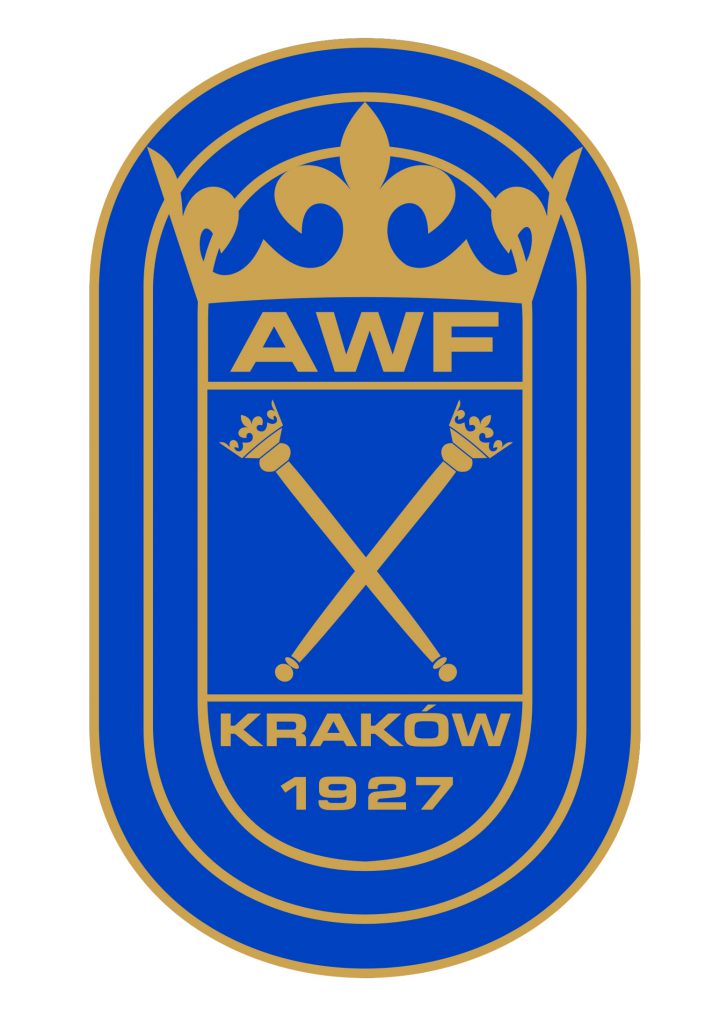Effects of Vibrotherapy with Different Characteristics and Body Position on Post-Exercise Recovery after Anaerobic Exercise
The aim of the study conducted by the Polish researchers was to identify the optimum parameters of vibrotherapy, such as frequency, duration of treatment and body position, which can be an effective form of regeneration after intense and prolonged physical exertion.
Statistical analysis was performed using Statistica 13.
The study was approved by the Bioethics Committee of the District Medical Chamber in Krakow.
Compiled from:

Effects of Vibrotherapy with Different Characteristics and Body Position on Post-Exercise Recovery after Anaerobic Exercise. Pałka T. Maciejczyk M. Czerwińska-Ledwig O. et al. J. Clin. Med. 2023, 12(14)
Introduction
Vibration has been known and used in medicine and rehabilitation for many years. Initially, they were mainly used as a pain relief therapy. Over time, further studies were published which revealed a number of benefits of vibration treatments; including: regulation of metabolic processes, reduction of fibrinogen levels, normalisation of the circulatory system.
In the occupational health community, however, vibration is of some concern. Studies have shown that exposure to vibration from driving reduces attention during tasks and causes general fatigue. However, it should be emphasised that parameters play a key role in distinguishing the effects of therapeutic vibration from harmful vibration.
Currently, vibration is a very popular therapeutic method used in rehabilitation and sports medicine and as a form of preparation for physical training. Research confirms that vibration is an important factor in accelerating post-exercise recovery. As there were previously no specific guidelines established for the study protocol, results varied. However, in 2021, precise guidelines were introduced and described on how vibration studies should be conducted on humans and animals (editor’s note).
The aim of this study was to determine the specific parameters of vibration therapy for faster recovery after intense exercise.
Study population
Sixteen healthy male participants, aged between 20 and 30 years, took part in the study. All of them were students of the physical education department and performed sports activities according to the university’s programme.
Procedure of the study
The study consisted of 3 stages.
Stage I was a medical examination, i.e. measurements such as blood pressure (BP), heart rate (HR), body height (BH), body weight, BMI, blood oxygen saturation (SpO2), analysis of percentage body fat (PBF), fat mass (FM) and lean body mass (LBM). Stage II was exercise testing to assess the body’s anaerobic aerobic capacity and after seven days, stage III, the baseline testing, was undertaken.
Participants were subjected to aerobic and anaerobic capacity assessments in two series, separated by a 15-minute interval. After completing both series, each participant was subjected to vibrotherapy. The tests were performed at 10-day intervals to give the body time to recover between tests.
Vibration used for the study
A device generating vibrations of two frequency ranges was used for the test: lower range I: 2-52 Hz and higher range II: 82-100 Hz.
The duration of the treatment also came in two variations: T1: 10 min and T2: 45 min. Participants were placed in two different positions for the treatment; position A: supine position with upper limbs raised by 20° and position B: supine position.
From the above possibilities, 8 combinations (I-T1-A, I-T2-A, I-T1-B, I-T2-B and II-T1-A, II-T2-A, II-T1-B, II-T2-B) were created and each participant was randomised to undergo 1 of them. The tests were performed at 10-day intervals to give the body time to recover between tests.
Twenty-four hours after the vibration therapy session, each participant performed a 30-second Wingat’e test, which assesses anaerobic capacity.
Assessment of biochemical and haematological parameters
For the assessment of biochemical and haematological parameters, blood was drawn before exercise, 1 hour after exercise and 24 hours after exercise.
Results
The researchers observed that the vibratory stimulus had a beneficial effect on the body by accelerating the removal of pro-inflammatory molecules, reducing local inflammation and increasing the body’s readiness for subsequent exercise. They concluded that the optimal treatment to aid this process should be based on lower frequency ranges (2-52 Hz, instead of 82-100 Hz). Performing the treatment with the feet elevated seems more beneficial as it increases drainage and elimination of inflammatory components. When assessing oxygen saturation, a 10-minute treatment is more beneficial, but for improving overall body function and biochemical marker counts, a minimum 45-minute treatment is a better choice.
It is worth noting that significant differences in the effects of the proposed vibration protocols on blood oxygen saturation require further research to better understand this phenomenon.
Comment
Studies have shown that vibrational stimuli have a beneficial effect on the body, accelerating the removal of pro-inflammatory molecules and reducing inflammation. Optimal treatment based on lower frequencies (2-52 Hz) is more effective than higher frequencies. Treatments with elevated feet increase drainage and elimination of inflammatory substances. A shorter, 10-minute treatment improves oxygen saturation, while a longer treatment (minimum 45 minutes) benefits overall body function and biochemical markers. However, there is a need for further research to more fully understand the effects of these protocols on blood oxygen saturation.
The study authors emphasise that some limitations of the study are the small study group and lack of a control group, and the fact that only men participated in the study.
Similar studies on a larger and more diverse study group should be continued.
More in:


